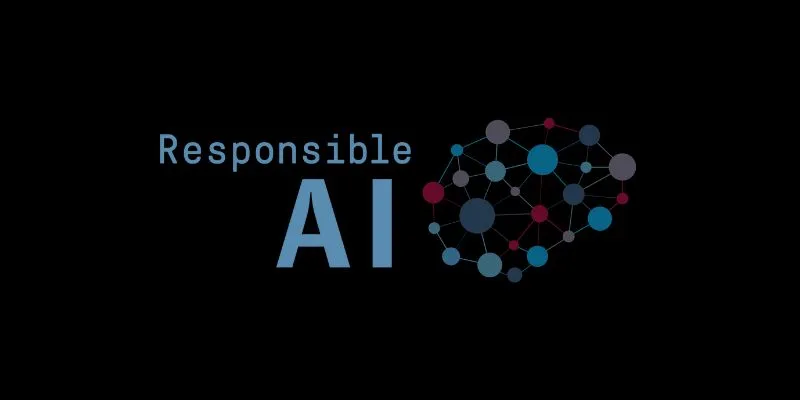Artificial general intelligence (AGI) has long been a point of fascination and speculation. Unlike today’s narrow AI, which excels at specific tasks, AGI refers to systems capable of reasoning, learning, and applying knowledge across diverse situations, much like a human. This concept has sparked excitement and concern, raising questions about how close we are to realizing it.
Ernst & Young (EY), a leading voice in technology consulting, recently shared its perspective on the short-term future of AGI. Their outlook combines cautious optimism with an acknowledgment of practical challenges, offering a grounded view of where AGI development is heading.
EY’s Perspective: Where We Stand Today
EY acknowledges the remarkable progress in artificial intelligence over the last decade, particularly in natural language processing, computer vision, and predictive analytics. However, they draw a clear distinction between these advances and the true ambition of AGI. Today’s systems, despite their impressive capabilities, remain specialized. Large language models and autonomous systems can simulate understanding but lack the flexible reasoning and self-awareness that AGI promises.

The field is still in the early stages of addressing fundamental technical hurdles. Current AI lacks common sense, contextual awareness, and the ability to adapt seamlessly to entirely new domains without retraining. EY stresses that much of what is called “intelligent” today is closer to advanced pattern recognition. For AGI to emerge, research needs to move beyond simply scaling up models and focus on solving foundational questions about cognition and generalization.
At the same time, EY notes the growing investments from tech companies and governments signal a rising interest in AGI research. This influx of funding means more experiments, more theories tested, and potentially faster discovery of solutions to long-standing problems. However, this does not mean AGI is just around the corner; rather, it suggests that the next few years will be formative.
Short-Term Outlook: Progress Without Overpromising
Looking ahead over the next five to ten years, EY predicts a period of rapid evolution in what it calls “proto-AGI” capabilities. These are systems that may appear to generalize better than current models but are still far from true general intelligence. The firm expects breakthroughs in areas like transfer learning and hybrid AI architectures that combine symbolic reasoning with deep learning. These developments may lead to machines that can handle a broader set of tasks without starting from scratch each time.
EY is careful to temper expectations. While systems may give the impression of being more general, the underlying mechanisms will likely still rely heavily on narrow algorithms. During this period, the line between advanced narrow AI and early-stage AGI could blur, making it difficult for the public to discern whether true AGI has been achieved. EY advises organizations to be skeptical of bold claims and focus on measurable outcomes rather than hype.
Ethical and regulatory discussions are also expected to accelerate during this time. Even early-stage AGI-like systems will raise new questions about accountability, safety, and bias. EY believes that developing standards for transparency and governance will become as important as the technical work itself. Without such safeguards, the potential misuse or misinterpretation of advanced AI could create societal backlash.
Challenges Ahead: More Than Just Technical
One of EY’s most notable points is that the road to AGI is not simply about solving technical puzzles. It’s equally about human and institutional readiness. The transition from narrow AI to AGI-like systems will test not only technology but also legal systems, education, and workplace culture. EY warns that overreliance on partially developed AGI could lead to disillusionment or unintended harm if organizations rush implementation without understanding limitations.

The firm underscores the need for interdisciplinary collaboration. Computer scientists, ethicists, sociologists, and economists must contribute to shaping AGI in a way that benefits society. EY also raises concerns about uneven access: as AGI research progresses, there is a risk that only a handful of well-funded entities will control the technology, creating new inequalities.
Another challenge is public perception. EY points out that popular narratives about AGI, often drawn from science fiction, can skew expectations. Overpromising or misrepresenting capabilities can erode trust and lead to unrealistic fears or disappointments. Part of preparing for AGI involves improving communication with the public about what is genuinely possible and what remains speculative.
Moving Forward: A Balanced Approach
EY’s guidance for the short-term future is clear: stay informed, but stay measured. While the pursuit of artificial general intelligence is one of the most ambitious goals in technology, it is still in its infancy. Over the next several years, we can expect progress in key areas, new research directions, and a better understanding of what true AGI might require. But this progress is unlikely to produce machines that think like humans anytime soon.
Organizations and policymakers will need to prepare for a gradual evolution rather than a sudden leap. This means investing in research, fostering collaborations, and building flexible regulatory frameworks. It also means educating stakeholders at all levels about the real state of AGI development — neither underestimating its future impact nor overhyping its present state.
EY’s analysis encourages a mindset that values both ambition and caution. The path to AGI, as they describe it, is not a sprint but a long and complex journey that demands patience and honesty about what is achievable in the near term.
Conclusion
Artificial general intelligence is a fascinating goal in technology, promising machines that reason and learn broadly. EY predicts meaningful advances soon, though not true AGI yet. The coming years are likely to bring steady progress, deeper ethical discussions, and a clearer understanding of the challenges. EY advises balancing innovation with realism to prepare society for AGI’s future role. Progress is underway, but true general intelligence remains distant. Staying thoughtful and measured now can help shape a responsible path toward this long-term vision.
 zfn9
zfn9






















